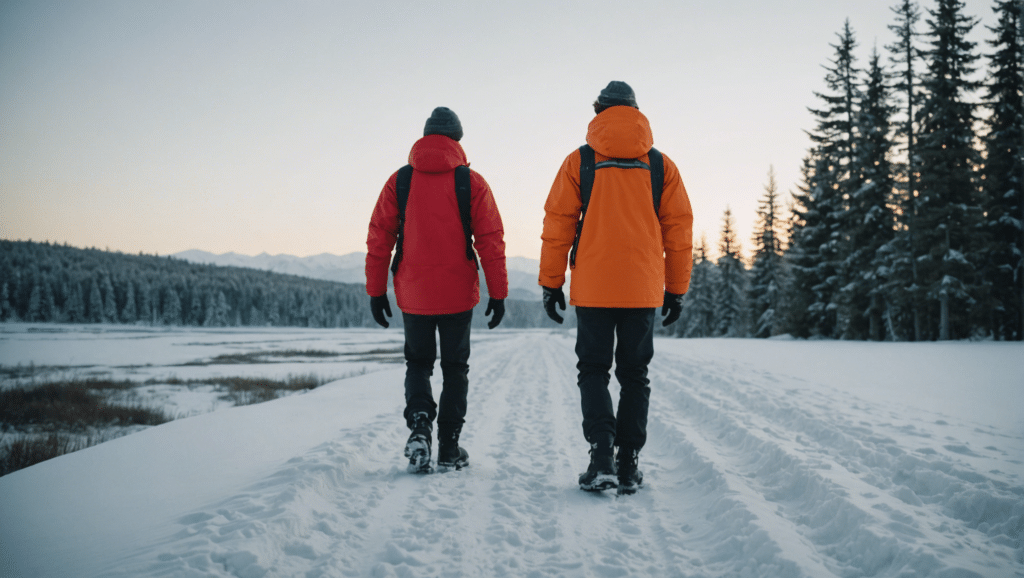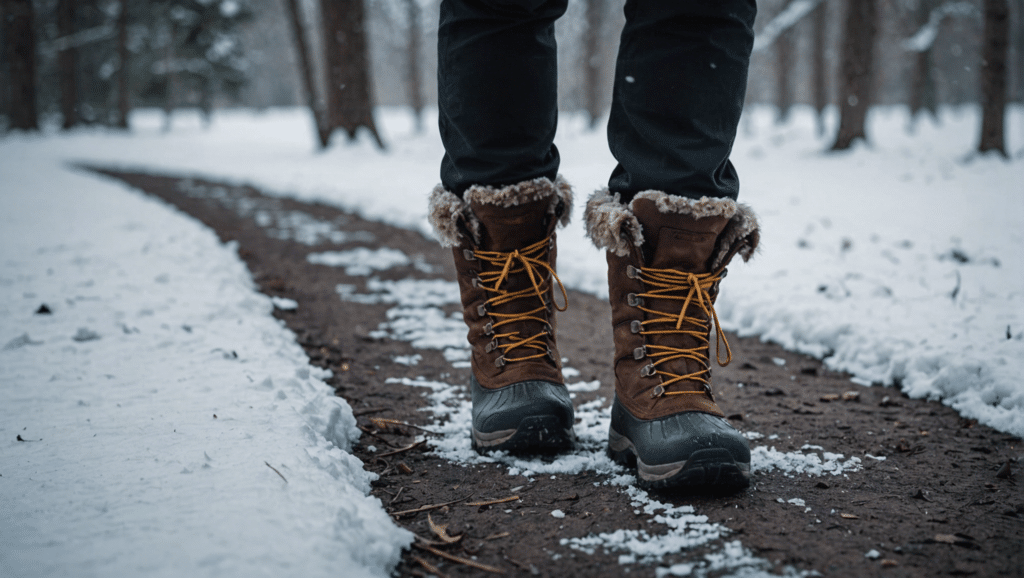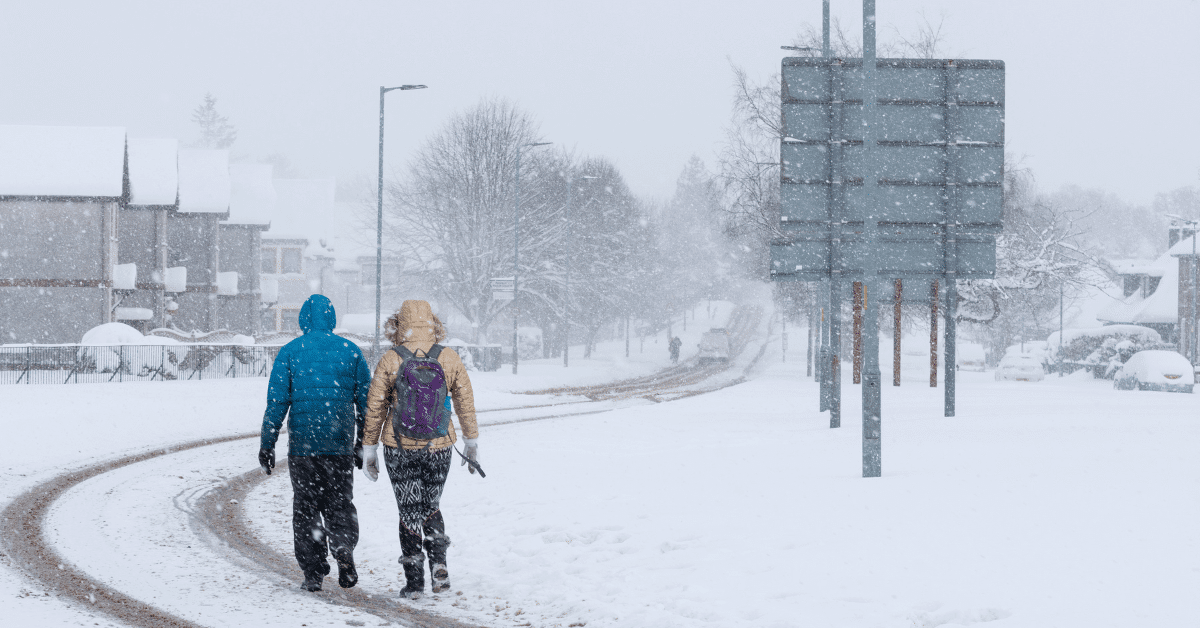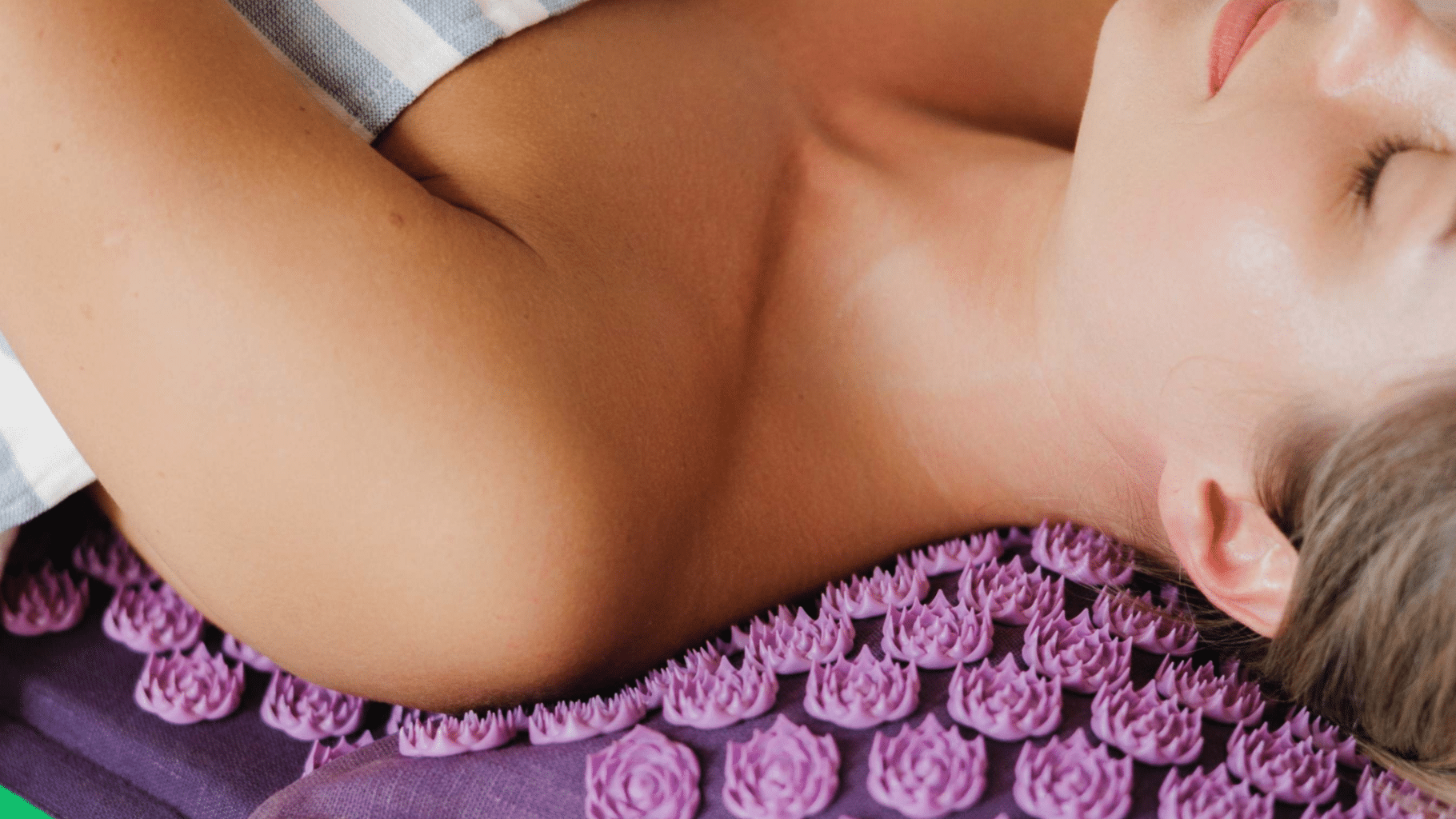Walking in cold weather boosts your health and mood 1. To stay safe and warm, it’s vital to dress right. Layering up is the key. Start with a layer that pulls sweat away, add insulation, and top with a layer to shield from wind and rain.
How do I walk safely and comfortably in cold weather?
To walk safely and comfortably in cold weather, dress in moisture-wicking layers, use footwear with good traction for ice and snow and cover all exposed skin. Choose bright or reflective clothing for visibility and keep movements slow and deliberate to prevent slips.
This blog is part of a series on “cold exposure.” The next blog is about cold water swimming.
Tips for Safe and Comfortable Cold Weather Walking
- Dress in layers starting with a moisture-wicking base layer, adding an insulating layer, and topping with a waterproof outer layer.
- Choose boots with good insulation and traction for stability on icy surfaces.
- Wear bright or reflective clothing to ensure you are visible in low-light conditions.
- Keep extremities warm with gloves, a hat, and scarves to protect against frostbite.
- Stay hydrated even in cold temperatures, as your body loses water through breathing and sweat.
- Be mindful of the weather conditions, shorten your walk, or stay indoors if temperatures become dangerously low.
Selecting Moisture-Wicking Materials
Choosing the right materials is crucial when dressing for cold walks. Fabrics like polypropylene excel at pulling moisture away from your skin. This keeps you dry and warm, avoiding chills. Moisture-wicking material is not just a fancy term; it’s essential gear for anyone braving the cold.
These fabrics help you maintain a comfortable body temperature by wicking moisture. It’s not about thick clothes but the right clothes. You’ll feel less like a wrapped mummy and more like a smart, warm walker. Always check labels for these materials to ensure you’re getting the real deal.
Such materials come in various forms, from socks to hats. Every layer counts in the fight against cold. Next time you shop, remember: polypropylene is your friend in frosty times. It’s the silent guardian of your winter comfort.
| Gear Type | Description | Function |
|---|---|---|
| Moisture-Wicking Base Layer | Light synthetic fabric like polypropylene | Keeps skin dry by wicking moisture away |
| Insulating Mid-Layer | Fleece or wool sweaters/jackets | Traps heat to maintain body warmth |
| Waterproof Outer Layer | Wind and rain-resistant jackets or parkas | Protects against snow, rain, and wind |
| Reflective Gear | Bright, reflective jackets, gloves, or hats | Enhances visibility in low light conditions |
| Winter Footwear | Boots with non-slip, deep-tread soles | Provides traction and stability on icy surfaces |
This doesn’t just apply to walking; it’s a tip for all cold-weather activities. Whether shoveling snow or making snow angels, your layers should be smart, not heavy.
Visibility and Safety Gear
When winter days are short and dim, visibility on walks is paramount. Reflective gear makes you noticeable in low light, keeping you safe from traffic. It’s like turning on your headlights. Bright colors are also your allies, making you stand out in winter.
Don’t just think jackets; consider hats, gloves, and even boots with reflective elements. Safety is stylish, too. Wearing bright and reflective items is smart when the sun sets early. Ensure cars can see you from afar as you trek through the chilly gloom.

This is not just about fashion; it’s about safety. When walking near dusk or dawn, combine reflective gear with proper lighting. A small flashlight or a headlamp can work wonders.
Remember, being seen is as crucial as staying warm. Safety gear is your silent partner on every winter walk, helping you return home as brightly as you left.
Footwear and Stability
Good boots can transform a slippery situation into a stable stroll. Look for footwear with excellent traction to tackle icy sidewalks confidently. Boots with insulated lining also help keep your toes toasty. Who said warm feet were just a cozy dream?
Your boots should hug your feet like a warm handshake. They should offer support and comfort without compromising on grip. For extra safety, choose boots with a firm hold on slippery surfaces. It’s like having superhero shoes that laugh in the face of ice.

Pair these boots with warm tights or leggings. Wool or fleece is perfect for keeping your lower legs happy. Happy legs mean longer, more enjoyable walks. It’s all about making cold weather your walking wonderland.
Advantages of Walking in Winter
Walking in cold weather isn’t just about braving the elements; it’s about reaping benefits. The crisp air helps improve endurance, making you tougher with every step. Plus, you burn more calories in the cold. It’s nature’s way of giving you a bonus for getting out there.
Exercise in cold weather pumps up your heart rate and health. Each step in the snow is a step towards a stronger you. Plus, the wintry scenes are a free treat for your eyes. Who needs a gym when you have the great outdoors?
Physical benefits are just the start. Cold-weather walking can also boost your mood. It’s like a dose of natural happiness right through your winter coat. It’s time to lace up your boots and let the winter wonder energize your walks.
Benefits for Stress Relief
Walking in the cold isn’t just good for the body; it’s great for the mind. The quiet of a winter walk can melt stress faster than snow in the sun. It’s your escape from the daily grind.
Let the cold air brush against your face, turning your walk into a refreshing retreat. It’s like pressing a reset button on your stress levels. As you walk, let the serene winter landscapes soothe your soul.
And it’s not all silent solace. The crunch of snow underfoot is a rhythm to your thoughts, a calming beat that keeps stress at bay. It’s your winter rhythm, playing the tune of tranquility.
Personal Thoughts
In my own experience, walking in cold weather has been a simple yet effective way to manage daily stress. It provides a refreshing break and helps clear my mind, enhancing my focus and reducing anxiety.
This method, rooted in personal trials and a scientific approach, proves beneficial. I recommend trying it to see if it improves your mood and stress levels, as it has for me. You may need to wait for winter, though!
Frequently Asked Questions
What should I wear to stay warm while walking in cold weather?
For cold-weather walking, wear layers that include a moisture-wicking base layer, an insulating mid-layer, and a waterproof outer layer. Accessories like a warm hat, gloves, and a scarf are essential to protect against the cold and prevent heat loss.
How can I prevent slipping while walking on ice and snow?
To prevent slipping, choose footwear with non-slip rubber soles and deep treads. Consider using ice grips or crampons for added stability. Walk slowly, taking small steps, and keep your weight directly over your feet to maintain balance.
Is it safe to walk outdoors in extremely cold temperatures?
Walking in extremely cold temperatures can be safe if you dress appropriately and avoid prolonged exposure to prevent frostbite and hypothermia. Be mindful of the wind chill factor, cover all exposed skin, and consider shortening your walk or staying indoors if temperatures are dangerously low.
How does cold weather affect the calories burned while walking?
Cold weather can slightly increase the calories burned during walking as your body works harder to maintain its core temperature. However, the primary calorie burn comes from physical activity, so maintaining a brisk pace effectively increases calorie expenditure.




